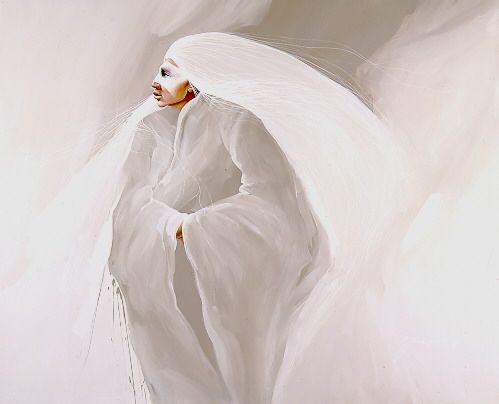By: Henrietta Mann
American Indians are this country's first scientists, a fact that is often overlooked by contemporary America in general and the scientific community in particular. As indigenous peoples walked through history on their respective cultural roads of life, they formulated sophisticated bodies of traditional knowledge, some points of which converge with mainstream science. They were intimately familiar with their environment and knew where they stood in the universe. In indigenous thought, life is viewed holistically and for them science is but a strand that is interwoven into a vast, delicately balanced ecological system in which everyone and everything is connected and interdependent. For them, science did not stand separate from life.
Recognizing the paucity of American Indians in the fields of science and engineering, a small group of scientists, engineers and educators in the late 1970s began to address the issue of under-representation of American Indians in higher education and in the science and engineering fields with a focus upon improving graduation rates. If more American Indian students were to be recruited into the science, technology, engineering and mathematics (STEM) disciplines, strong support systems had to be created and implemented. With incredible foresight and drawing upon the experience and strength of the past, they sought to bridge intellectual aptitude and contemporary education, while simultaneously instituting culture-based support structures and networks that would lead to graduation and on to successful professional careers. Thus, the group organized the American Indian Science and Engineering Society to meet the academic goals and needs that were vital to students studying in the STEM fields.
There's more here: http://www.indiancountry.com/content.cfm?id=1096415757
Subscribe to:
Post Comments (Atom)





No comments:
Post a Comment